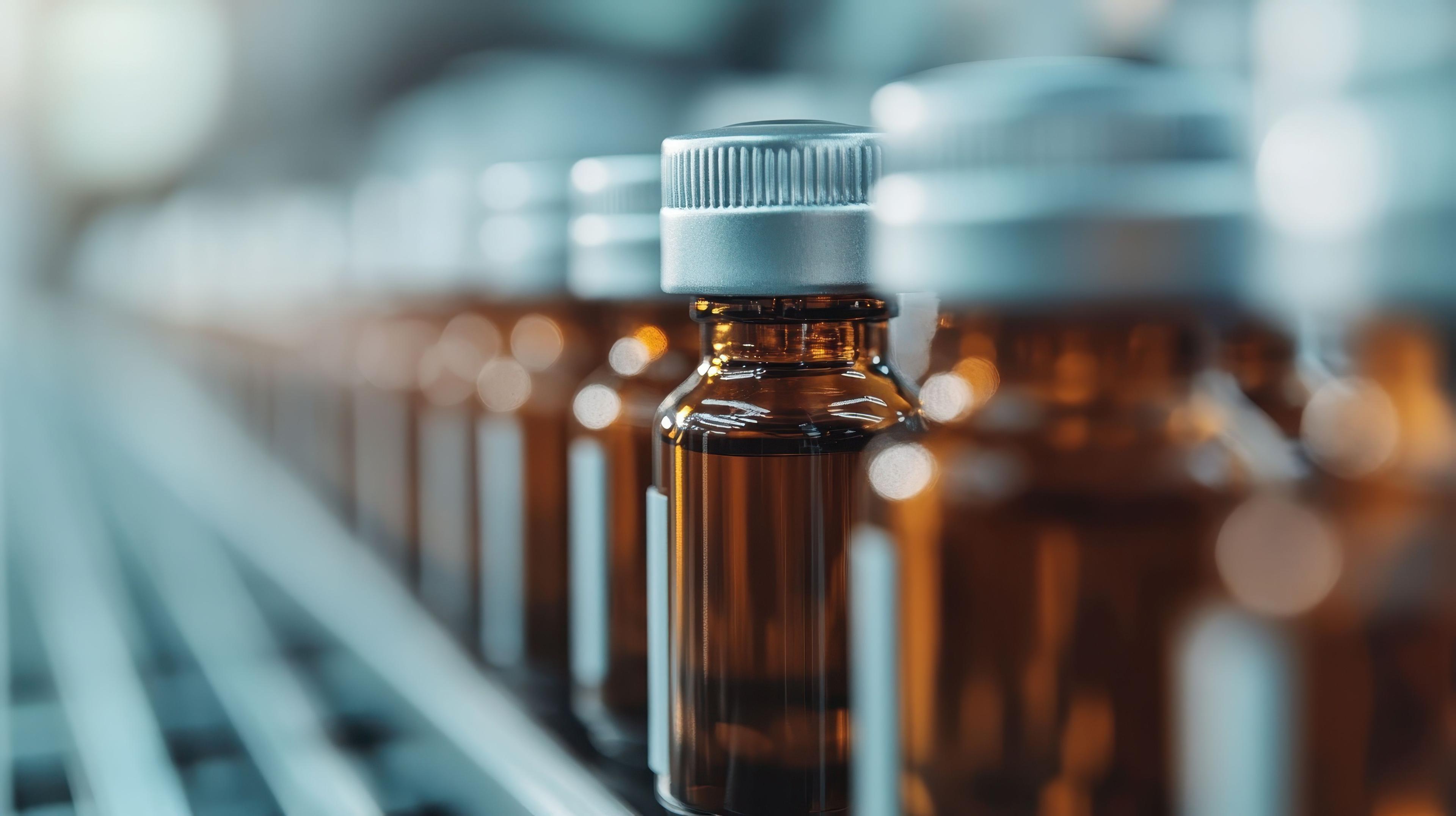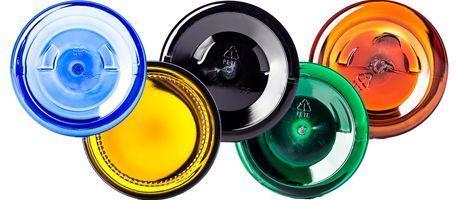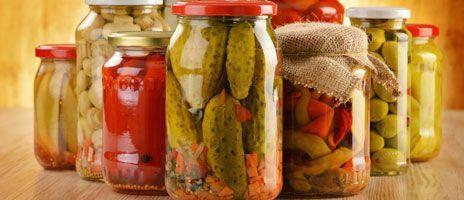The Science Behind Amber Glass and UV Protection


Why Glass Choice Matters in Packaging
When it comes to packaging sensitive products, not all glass is created equal. The color of the glass plays a crucial role in protecting the contents from light exposure, which can degrade or alter chemical compositions. Amber glass, in particular, stands out as the best defense against harmful UV rays.
But why does amber glass offer superior protection compared to clear or blue glass? Let’s dive into the science behind UV radiation, how it affects sensitive products, and why amber glass is the best choice for preservation.
Understanding UV Radiation and Its Impact on Products
Ultraviolet (UV) light is a type of electromagnetic radiation with wavelengths shorter than visible light but longer than X-rays. It’s categorized into three types:
- UVA (320-400 nm): The longest wavelength, capable of penetrating deep into materials and causing oxidation.
- UVB (290-320 nm): Shorter wavelengths that can break down chemical structures.
- UVC (100-290 nm): The most dangerous form, but fortunately, most of it is absorbed by Earth’s atmosphere.
How UV Light Affects Products
Many products, especially those containing organic compounds, are sensitive to UV exposure. UV light can:
- Break down molecular structures, leading to changes in color, scent, and potency.
- Accelerate oxidation, resulting in spoilage and reduced shelf life.
- Destroy active ingredients, particularly in pharmaceuticals, cosmetics, and essential oils.
The Role of Photodegradation in Product Deterioration
Photodegradation is a chemical process triggered by light exposure, leading to a decline in the quality and effectiveness of products. This degradation is especially problematic for:
- Skincare formulations that contain natural antioxidants, which can become unstable when exposed to light.
- Pharmaceutical compounds that rely on a precise chemical structure for efficacy.
- Essential oils and fragrances that lose potency due to oxidation.
How Amber Glass Blocks UV Light
Amber glass is uniquely effective at filtering UV radiation. Unlike clear glass, which allows nearly 90% of UV rays to pass through, amber glass absorbs and deflects a significant portion of harmful light waves.
The Science of Light Absorption in Amber Glass
The brownish-orange hue of amber glass results from metallic oxides, primarily iron and sulfur, which are added during production. These elements alter the glass’s spectral transmission properties, allowing it to block wavelengths below 450 nm, where UV radiation is most harmful.
Comparative UV light transmission:
- Clear glass: Allows 80-90% UV transmission.
- Green glass: Blocks some UVB but allows UVA penetration.
- Amber glass: Blocks up to 99% of UV rays below 450 nm.
How Amber Glass Compares to Other Glass Colors
Other colored glass types offer varying degrees of UV protection:
- Blue glass: Provides moderate UV protection but allows more light transmission than amber.
- Black glass: Offers complete UV protection but is often impractical for product visibility.
- Frosted glass: Reduces overall light penetration but is not as effective as amber glass.
Why Amber Glass is the Preferred Choice Across Industries
Pharmaceuticals & Healthcare
Many medications contain compounds that degrade when exposed to light. Amber glass is FDA-approved for pharmaceutical packaging because it extends shelf life by preventing photodegradation.
Case Study: Prescription Medication Storage Studies show that antibiotics and liquid medications stored in amber glass maintain stability significantly longer than those stored in clear glass. Hospitals and pharmacies trust amber glass to maintain the integrity of life-saving medications.
Essential Oils & Aromatherapy
Essential oils are highly volatile and prone to oxidation. Exposure to UV rays can alter their chemical composition, diminishing their therapeutic benefits. Amber glass helps maintain purity and potency.
Example: Lavender Oil Stability Lavender essential oil stored in amber glass retains its aroma and antibacterial properties for up to 24 months longer compared to oils stored in clear glass.
Food & Beverage Industry
Specialty foods like honey, sauces, and craft beverages benefit from amber glass’s ability to preserve flavors and prevent spoilage caused by UV exposure.
Example: Craft Beer Preservation Craft breweries prefer amber glass bottles because UV exposure leads to "skunky" beer due to chemical reactions in hops. Amber bottles reduce this risk significantly.
Cosmetics & Skincare
Many skincare products contain natural ingredients and antioxidants that break down under UV light. Amber glass prevents oxidation and maintains product efficacy.
Example: Vitamin C Serums Vitamin C is notoriously unstable and degrades quickly in light. Skincare brands use amber glass bottles to extend the shelf life of serums by up to 50%.
The Sustainable and Recyclable Benefits of Amber Glass
Beyond protection, amber glass is also a sustainable packaging choice. Unlike plastic, which degrades over time and releases microplastics, amber glass is:
- 100% recyclable and can be repurposed indefinitely.
- Non-toxic, ensuring no harmful chemicals leach into products.
- Reusable, making it an excellent choice for eco-conscious consumers.
Consumer Trends: The Shift Toward Sustainable Packaging
- 75% of consumers prefer glass packaging over plastic for environmental reasons.
- More brands are shifting to amber glass to meet sustainability goals.
Innovations in Amber Glass Technology
UV-Enhanced Amber Glass
Researchers are developing new formulations of amber glass that provide even stronger UV resistance, improving product longevity.
Smart Glass Packaging
With advancements in smart packaging, some amber glass bottles now include UV indicators that change color when exposed to excessive light.
Why Amber Glass is the Best UV Protector
Amber glass isn’t just a pretty packaging choice—it’s a scientifically proven barrier against UV degradation, oxidation, and chemical breakdown. If you’re looking to preserve the integrity of your products while offering sustainability benefits, amber glass is the gold standard.
Explore Our Amber Glass Collection
At Container & Packaging, we offer a variety of high-quality amber glass jars and bottles for industries that demand premium protection. Browse our collection today and keep your products safe from UV damage!




